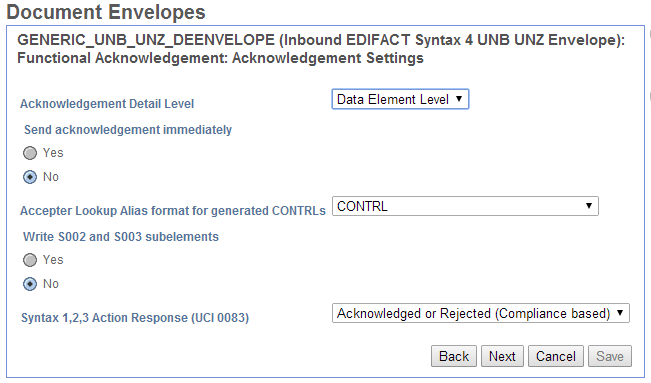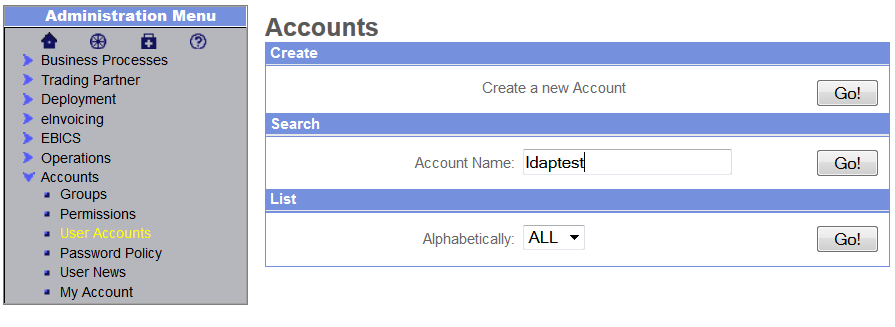
Valid values are Document and Business Process. The information this correlation will track. ID of the document or business process that correlates with a specific name/value pair.

The correlation name and value pairs are saved in the correlation table.Ĭonfiguration parameters description (taken from the Sterling Commerce documentation) : Service description (taken from the Sterling Commerce documentation) :Īdds a record to the correlation table to enable you to track a document or business process.Ĭollects the information for a specific name and value pair from either documents that pass through a business process, or from the business process itself.
#Sterling integrator document info service content type zip code#
Map Code Lists are generally static and stored within the map file." You can import and export code lists and copy and paste code lists between maps.Ĭode lists differ from the trading partner code lists used by the Select standard rule. You create code lists in the Map Editor as part of a map and manage them through the Map Editor. Code lists are typically used to qualify another field. A field with a Use Code standard rule enables values to be either checked against or selected from the codes in a specified code list. Code lists seldom change and are stored within the map itself. A code list is a list of values and their corresponding descriptions. "The Use Code standard rule enables you to use code lists to validate the contents of a field and use as a reference to look up an associated description for a field. If you apply 'Use Code' Standard Rule to one field, then value from that field will be validated against the values from that Code List, and if it does not match, error will be thrown. It is used only to check if a specific value from a field is listed in a code list allocated to that field. You can always export it and use in another system.Ĭode List that we use in a map is something completely different, it is not saved in a database, there is no interface to add or change it through GIS dashboard, and that kind of Code List is saved in a map only.

Code lists are dynamic and are stored in a database."

Each code pair has one description and up to four additional codes relating to the pair. A trading partner code list consists of one or many pairs of code values containing a sender code and a receiver code. "Sterling Integrator uses code pairs in code lists to identify items in transactions between two or more trading partners. Here is the definition of Code List from the documentation:


 0 kommentar(er)
0 kommentar(er)
